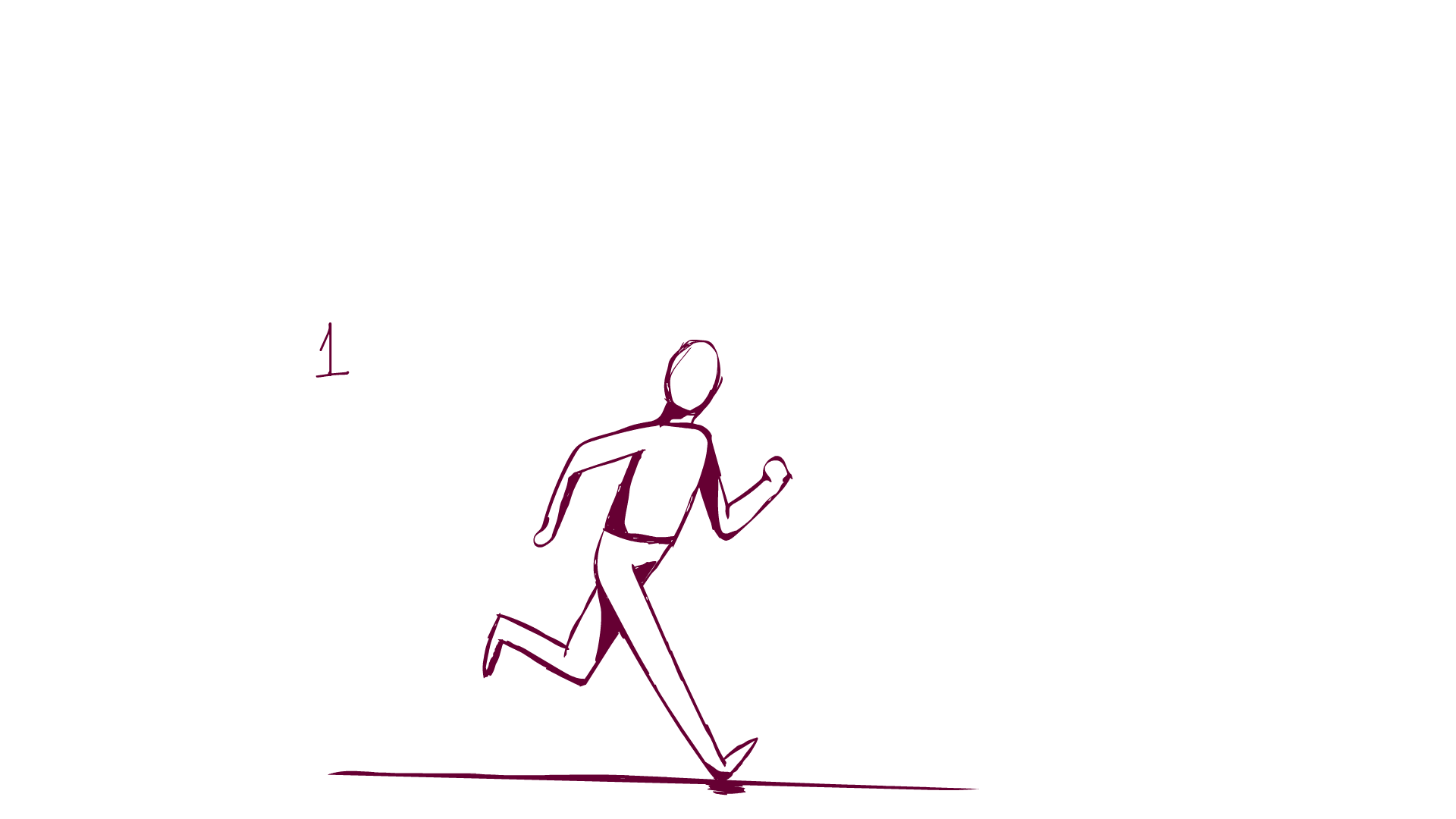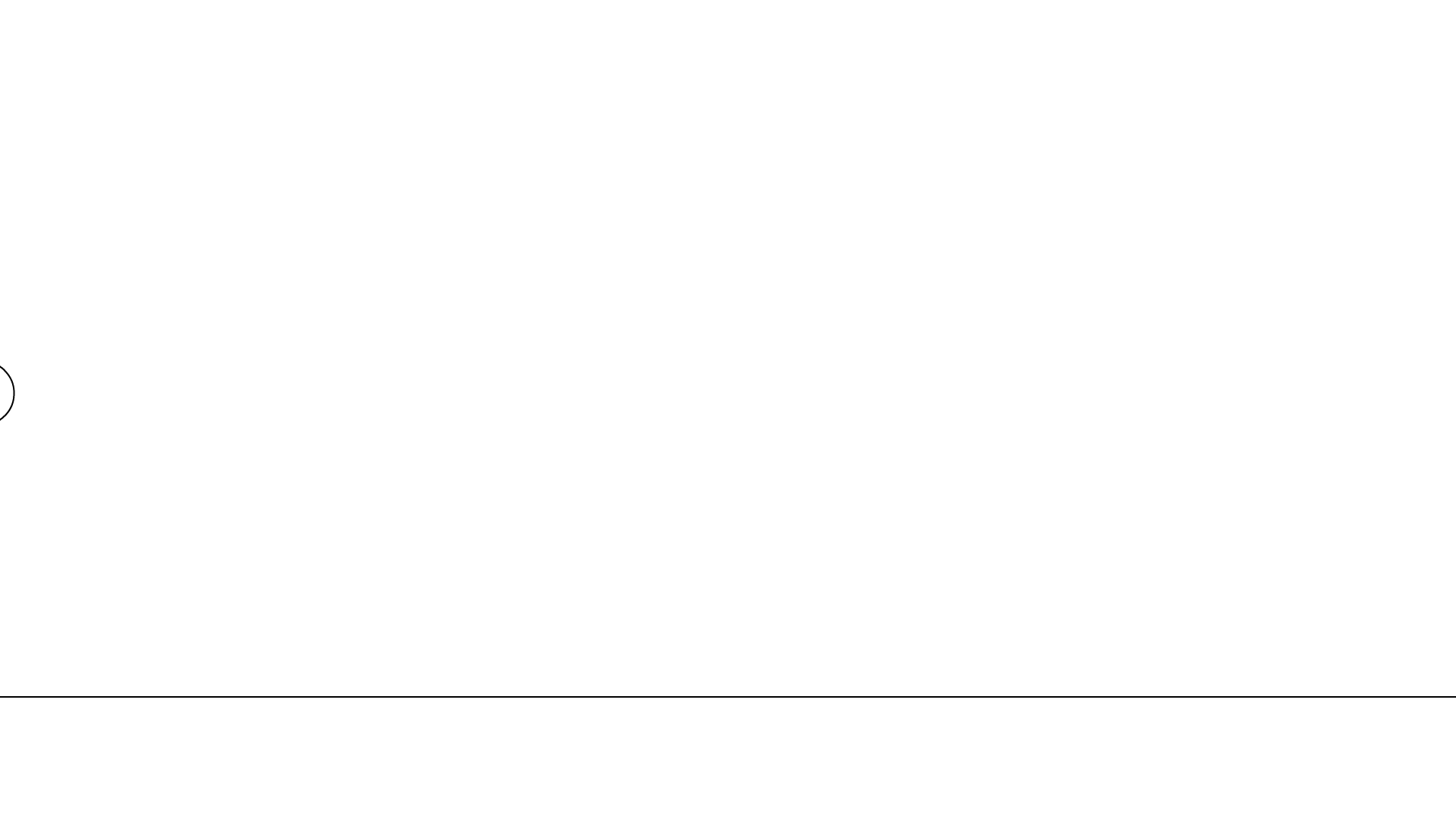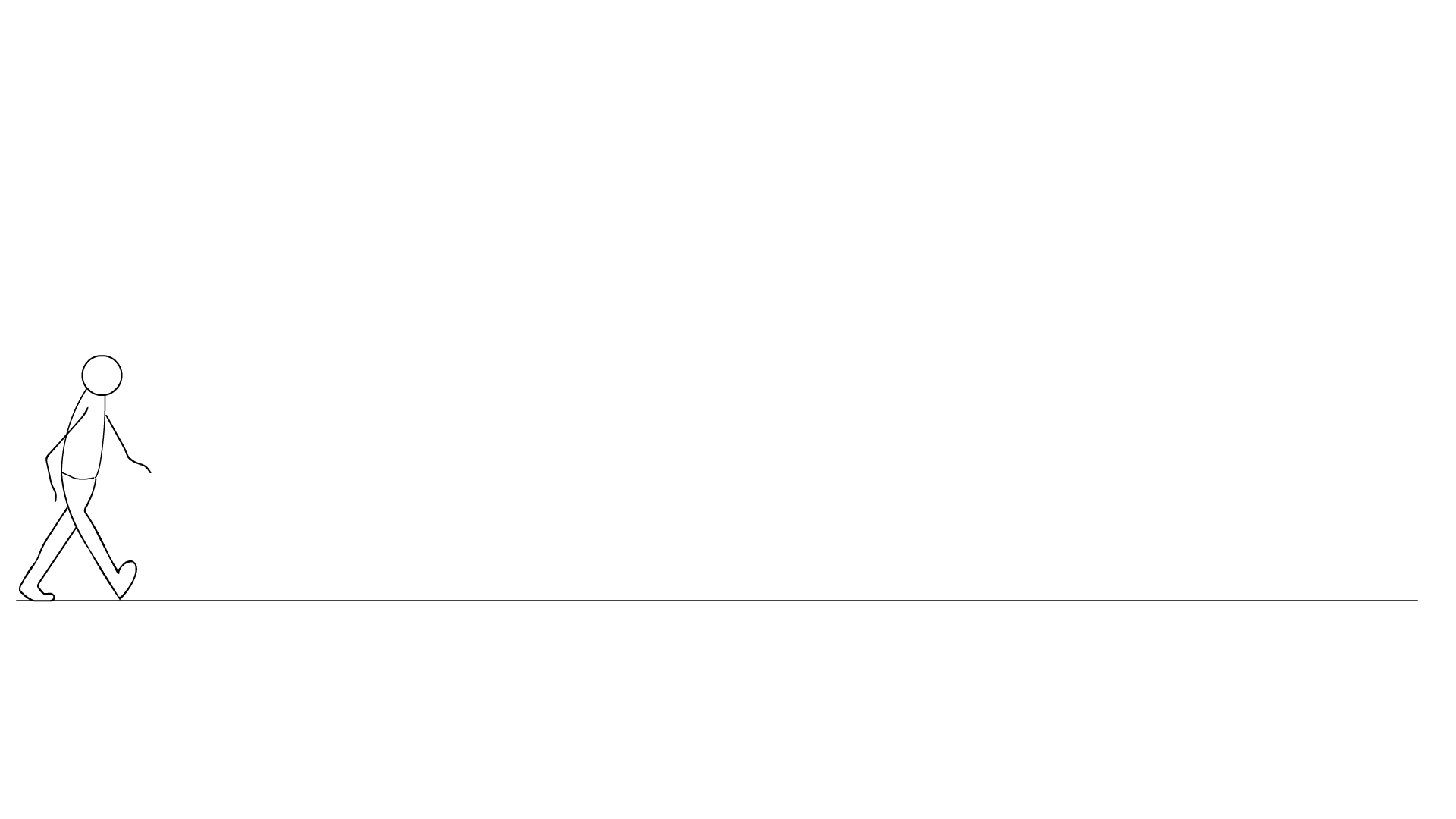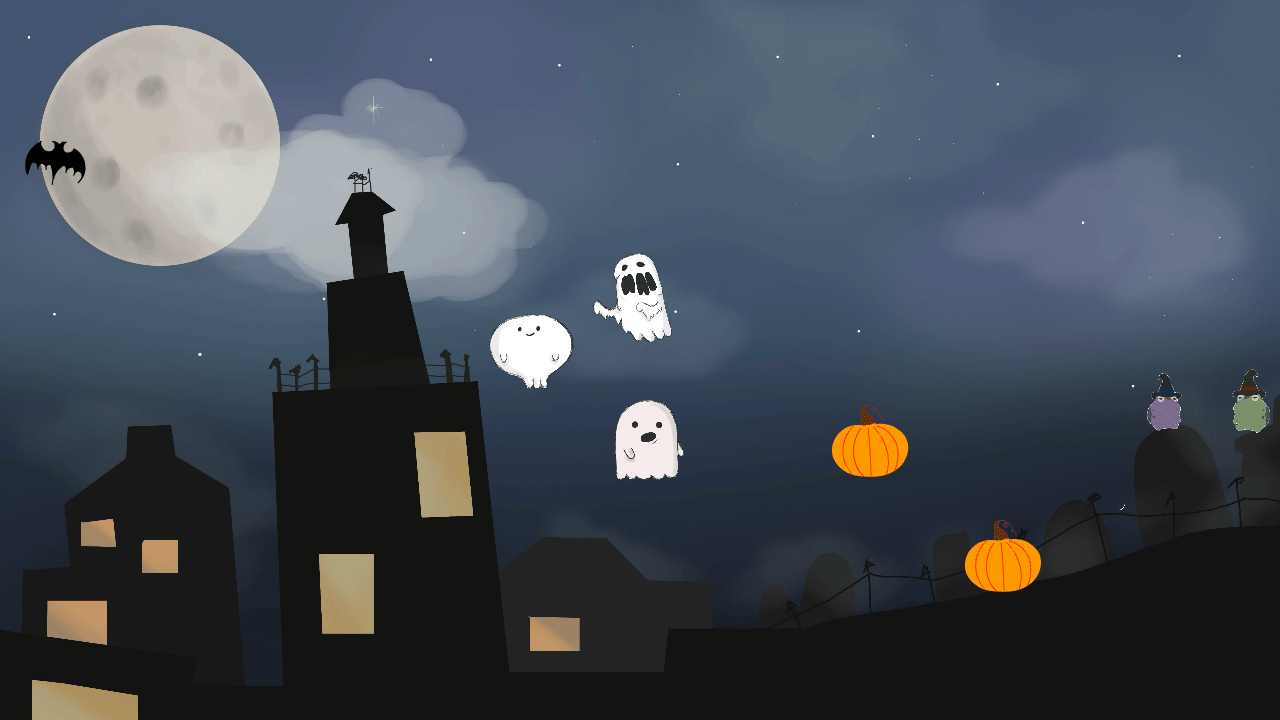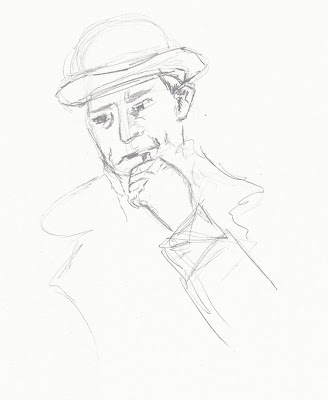I have modelled the main elements of the middle house in my composition. There are a few small details to add before I start on the UV's and texturing. In terms of the UV's and texturing I will do this towards the end when the other two houses are built.
Saturday, 30 November 2019
Friday, 29 November 2019
Monday, 25 November 2019
Toolkit 1 : UV Layout and Final Render
Below is the UV layout for the chicken coop, which I have also done for the barn as well as creating the fence and ground plane.
Here is the final render for the Chicken Coop scene.
Sunday, 24 November 2019
Saturday, 23 November 2019
What If Metropolis - Photoshop Exercise
Friday, 22 November 2019
Wednesday, 20 November 2019
Space Oddities Film Reviews - La Belle et la Bete
 |
| Fig. 1. 'La Belle et la Bête' Poster. |
'La Belle et la Bête'
was part of the early users of sound in cinema, before this, films were
accompanied by music usually played by a live orchestra with no speech. The
film had a sound score that added to the confusion and mystery of the picture. The characters style of clothing seems to indicate
that the film is set in the 16/18th century France (a nod to the original
narrative). In the opening scene, Belle (Josette Day) wears a simple outfit,
which is then swapped for an elaborate detailed dress when she is with the
‘Beast’. The styling of the costumes also emphasised different features for
each character. Belle’s upper body is fitted throughout the film with a corset,
from the waist down the costumes are loose and her hair is pulled back to create
this ghostly and ethereal silhouette, as well as drawing focus to her face.
Belle’s sisters (Félicie
and Adélaïde) contrast her style, the pair wear stiff clothing with
harsh outlines that reach past their face to suggest that they wear these
clothes so that they can feel as beautiful as belle. It is also apparent that the
protagonists are dressed in ruffles, jewels and detailed embroidery. The
carefully considered lighting also interacts with the jewels sewn into their
costumes to create this hazy/ dreamlike glow. Cocteau uses the elements of costume
to recreate the beauty of the French aristocracy’s clothing in the 16/18th
century, as Geoffrey Macnab explains, “The costumes and some of the settings
are ornate, but Cocteau is capable of suggesting luxury and splendour simply
through the use of sheets and mirrors.” (Macnab, 2014). Cocteau uses
a mixture of costuming and set design to create this dreamlike world that would
have created a break from reality for its audience, of which were experiencing
the aftermath of World War II.
 |
| Fig.2. Still from 'La Belle et la Bête'. |
 |
| Fig. 3.Still from 'La Belle et la Bête'. |
The set design is unbelievably
detailed, stylised and thought out. There is a strong sense of world building, from
the moving statues, to the hands that hold the candles throughout the castle. During
a slow-motion scene in which Belle walks down a long corridor, the flowing
curtains create movement that adds to the illusory scene. The extensive set
design creates a visually appealing film on a cinematography level, something
that many films today have tried to create through CGI but seldom seem to
achieve. The lighting, or lack thereof, creates this emptiness within the
castle, as if is abandoned and derelict. However, the use of the moving arms
and statues seem to breathe this eerie sense of life into each scene. When
Belle is reunited with her family and tries to give a necklace from the Beast to
her sister, it turns into rags, reiterating the idea that Belle’s time in the
castle was all a dream and anything from there ceases to exist. Peter Bradshaw recalls
this idea of a dreamlike state in his review, “Its special effects are prehistoric compared to those of
our digital 21st century, and yet they are deeply disturbing. When bodies appear
through walls or fly up into the air, it is almost as if Cocteau's camera
has miraculously recorded a dream.” (Bradshaw,
2014). As well as the set design, the special effects makeup (although outdated
to a modern audience), would have created a fully realistic ‘Beast’ for its
audience at the time.
The story line is close
to the original fairy-tale, still presenting the dark underlying tones that
seem to escape the more modern adaptations of this narrative. Belle sacrifices
her own freedom to live with the Beast, even though she rejects his offers of marriage
she still grows to like him, essentially an example of Stockholm syndrome. Although
it was a part of the original fairy-tale, it could be argued as relatable for
the French audience of the time as they would have had a similar experience
with the German control of their land during the war. For some it may seem odd that
Belle falls for the Beast as he threatened to kill her father. Even though it
is noticeable that Belle grows to like the Beast, she suddenly falls in love
with him once he turns human. Belle is presented as this character who is pure
of heart but seems to like the idea of fearing the Beast. Although this is all
speculative, Freudian principals can be seen creeping into to this film. Whatever
the audience takes away from the picture, Cocteau was trying to present a
message of sorts, something Roger Ebert explores, “Cocteau wanted to
make a poem, wanted to appeal through images rather than words, and although
the story takes the form of the familiar fable, its surface seems to be masking
deeper and more disturbing currents. It is not a "children's film." (Ebert, 1999). Ebert suggest that Cocteau was trying to give
his audience a deeper meaning through a straight forward narrative.
Illustration List:
-Cocteau, J. (1946). Figure 1. 'La Belle et la Bête' Poster. https://www.pinterest.com/pin/143411569355028882/. (Accessed 20/11/19)
-Cocteau, J. (1946). Figure 2. Still from 'La Belle et la Bête' https://mediartinnovation.com/2014/08/11/jean-cocteau-mythopoeic-movies-la-belle-et-la-bete-1946/. (Accessed 20/11/19)
-Cocteau, J. (1946). Figure 3. Still from 'La Belle et la Bête'. https://www.pinterest.co.uk/pin/380554237248428205/?lp=true. (Accessed 20/11/19)
-Cocteau, J. (1946). Figure 4. Still from 'La Belle et la Bête'. http://www.thehunchblog.com/tag/la-belle-et-la-bete/. (Accessed 20/11/19)
-Cocteau, J. (1946). Figure 5. Still from 'La Belle et la Bête'. https://www.tumblr.com/tagged/la-belle-et-la-b%C3%AAte. (Accessed 20/11/19)
Bibliography
-Bradshaw,
P. (2014). theguardian.com. https://www.theguardian.com/film/2014/jan/02/belle-et-bete-review.
(Accessed 20/11/2019). In text citation: (Bradshaw, 2014).
-Ebert, R.
(1999). rogerebert.com. https://www.rogerebert.com/reviews/great-movie-beauty-and-the-beast-1946.
(Accessed 20/11/19). In text citation: (Ebert, 1999).
-Macnab,
G. (2014). independent,co.uk. https://www.independent.co.uk/arts-entertainment/films/reviews/la-belle-et-la-bete-film-review-cocteaus-forties-fantasy-is-still-a-thing-of-real-beauty-9035506.html.
(Accessed 20/11/2019). In text citation: (Macnab, 2014)
Monday, 18 November 2019
Friday, 15 November 2019
What If Metropolis - Photoshop Exercise
Here is an experimental drawing planning out the look of my final houses from today's photoshop lesson.
Thursday, 14 November 2019
3D Modelling of Esmeralda - Developmental Thumbnails
In my chosen thumbnail I found that I created a limited amount of objects to focus on in detail. I have decided to look into the chimney's in more detail as they are a part of the main structures in the foreground.
Wednesday, 13 November 2019
Toolkit 1 : Barn
This is the stage I am at for creating the barn. All I need to do is finish the smaller shape on top and it will be ready for the next stage.
Monday, 11 November 2019
Sunday, 10 November 2019
Wednesday, 6 November 2019
What If Metropolis - Brief
For our new project (a continuation of Environment), we are looking at making a 3d model of the our chosen city including a matte painting based off on of my concept paintings. As a start I have chosen the digital painting I think will work best and started to plan out my ideas.
 |
| What will be modelled in maya. |
 |
| What will be a matte painting. |
Space Oddities Film Reviews - King Kong
 |
| Fig. 1. 'King Kong' Poster. |
'King
Kong' is
a 1933 film directed and produced by Merian C. Copper and Ernest B. Shoedsack.
The film was widely considered as the first Hollywood blockbuster, which in
turn, changed the course of cinema towards large budget films. The film itself
is based around a director, Carl Denham (Robert Armstrong), who hires an
actress, Ann Darrow (Fay Wray), to travel to an island in the Indian Ocean to
capture location shots for his new picture. The story is essentially a twisted
version of the well know tale of Beauty and the Beast. Throughout the film
there are many metaphors and stereotypes that were unchallenged at the time,
which seem absurd to a modern audience. However, there is no doubt that the
picture had a large influence on cinema for better or worse.
 |
| Fig. 2. Still from 'King Kong'. |
1933 was the
peak of the American Great Depression. The public was poor, many were homeless
and without jobs as a result of large companies going out of business. With a
similar effect to many other countries throughout history taking solace in the
arts during a rough period, films like ‘King Kong’ offered a
sense of escape from the American public’s everyday lives. Many of these films
related to social situations of the time, making the viewer feel as if they had
a solution to their problems. However, with such a vast audience, these large-scale
Hollywood films made it easy for certain groups to spread their propaganda.
During the 1920's, Klan groups began to produce feature length films, such
as 'The Toll of Justice'. Like the posters, the films
presented ideas and themes that furthered their cause against minority groups,
their main target being Jewish people. At the same time, many Jewish directors
and companies were gaining power in the film industry. As a result, groups like
the Klan looked at the industry and decided that it was the source of their
problems. They started to promote this idea in their films and some of these
themes can be seen creeping into 'King Kong'. However, with an
average sum of funding to create this picture, for its time, it's audiences were
astounded at the visual aspects presented before them, as Roger Ebert explains
in his review, "Although it has the scope and feel of an expensive epic, "Kong" had a relatively
moderate budget of about $600,000. Sequences that would take weeks these days--such
as when Kong shakes a log to dislodge the men clinging to it--were done in two
days". (Ebert,
2002). The actual process of making this film was fairly forward thinking
in terms of visual aspects.
 |
| Fig. 3. Still from 'King Kong'. |
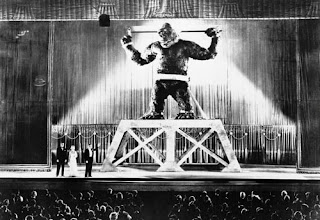 |
| Fig. 4. Still from 'King Kong'. |
Alongside
other controversies, Hollywood was ignoring the problem with the racial
politics of the time. 'King Kong' reflected these ideals, which were sadly extremely racist. This was
clear in many other Hollywood films being produced at the time, and although
things are slowly changing, it can still be seen to this day in cinema. The
film presents the stereotypical view white-Americans had on
black people at the time. As a result of the ban of slave trade, many of those
who had been taken from their countries now found themselves on
the streets without jobs. This led to the largely white-American public labelling
the black community in a bad light. Although many state that
1920-30's was the 'Golden Age' of cinema, you don't have to dig to far before
you see all of these important issues that were unchallenged. The clearest
example of racism in 'King Kong' is Kong himself. There is an
obvious connection between Kong being captured and the Trans-Atlantic slave
trade, the imagery produced in the film resembles old drawings of slave
auctions. Kong is taken from his native home and placed on stage like an
object. Again, in the first shot we see of the villagers of Skull Island the
racial stereotypes are sure to make a modern audience uneasy. After Kong
escapes and is shot down Denham states "Oh, no, it wasn't the
airplanes. It was Beauty killed the Beast". Although Denham
is referring to the idea that Kong sacrificed himself to save Ann
from the planes, it becomes rather absurd to a modern audience as he was the
one who took Kong from his home and caused him to be captured in the first
place. "It’s a straightforward enough adventure story, but
historically “King Kong” has been viewed by some film critics as a kind of
racist allegory, symbolically depicting white America’s view of black people at
the time. Critics have drawn connections between the capture of
Kong and the Trans-Atlantic Slave Trade, with Kong’s disastrous escape in New York
symbolic of the perceived “disaster” of granting black people in the U.S. true
freedom." (Blay, 2017). The film continually presents
racist, misogynistic and stereotypical views on the world.
 |
| Fig. 5. Newspaper clipping. |
Illustration List:
- Copper, M. & Shoedsack, E. (1933). Figure 1. 'King Kong' Poster. https://collectibles.knoji.com/ten-valuable-1933-king-kong-movie-collectibles/
-Copper, M. & Shoedsack, E. (1933). Figure 2. Still from 'King Kong'. http://www.popculturecast.com/2017/03/king-kong-1933-movie-review.html
-Copper, M. & Shoedsack, E. (1933). Figure 3. Still from 'King Kong'. https://www.pinterest.co.uk/pin/257057091200895660/
-Copper, M. & Shoedsack, E. (1933). Figure 4. Still from 'King Kong'. https://www.listal.com/movie/king-kong-1933/reviews
-Edwards, G. (2013). Figure 5. Newspaper clipping. https://cinefex.com/blog/king-kong-or-not/
Bibliography:
-Ebert, R. (2002). rogerebert.com. https://www.rogerebert.com/reviews/great-movie-king-kong-1933
-Hall, M. (1933). nytimes.com. https://www.nytimes.com/1933/03/03/archives/a-fantastic-film-in-which-a-monstrous-ape-uses-automobiles-for.html
Monday, 4 November 2019
Life Drawing
The difference in this weeks life drawing session was the model wearing different costumes and creating exaggerated expressions so that we could start to show characteristics through our drawings. I have also included a sketch of someone else in the class.
Subscribe to:
Comments (Atom)
-
After last weeks lecture we were tasked with finding the hero's Journey story structure in an existing animation. The Ordinary World In...
-
This tutorial explains how to create a mesh light and the pros/ cons of using them. Mesh lights work in Arnold render and can be attached to...



